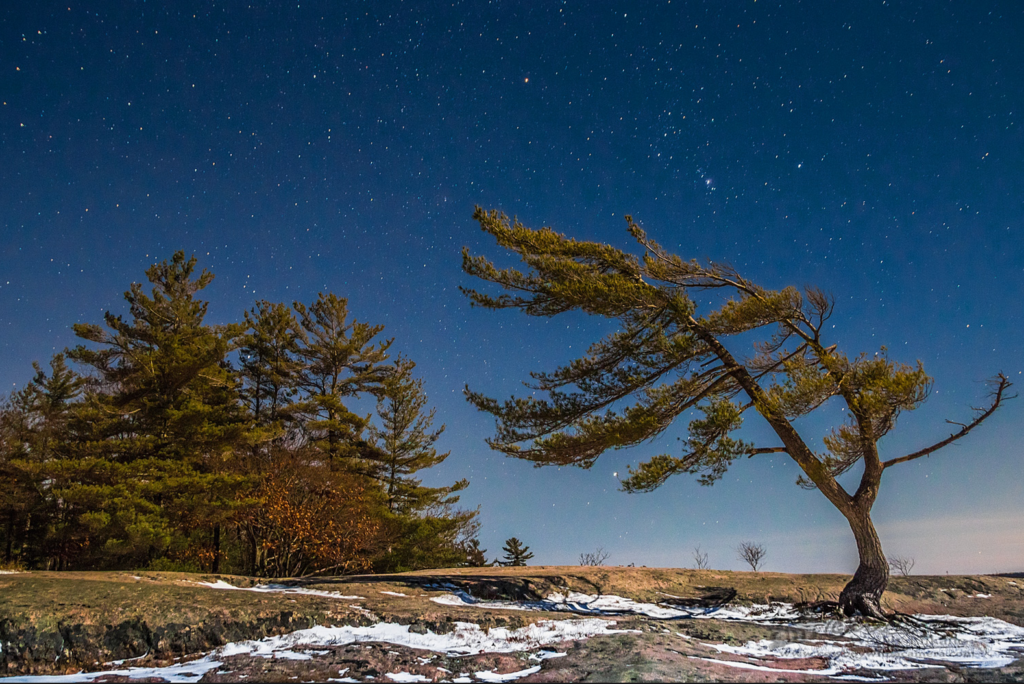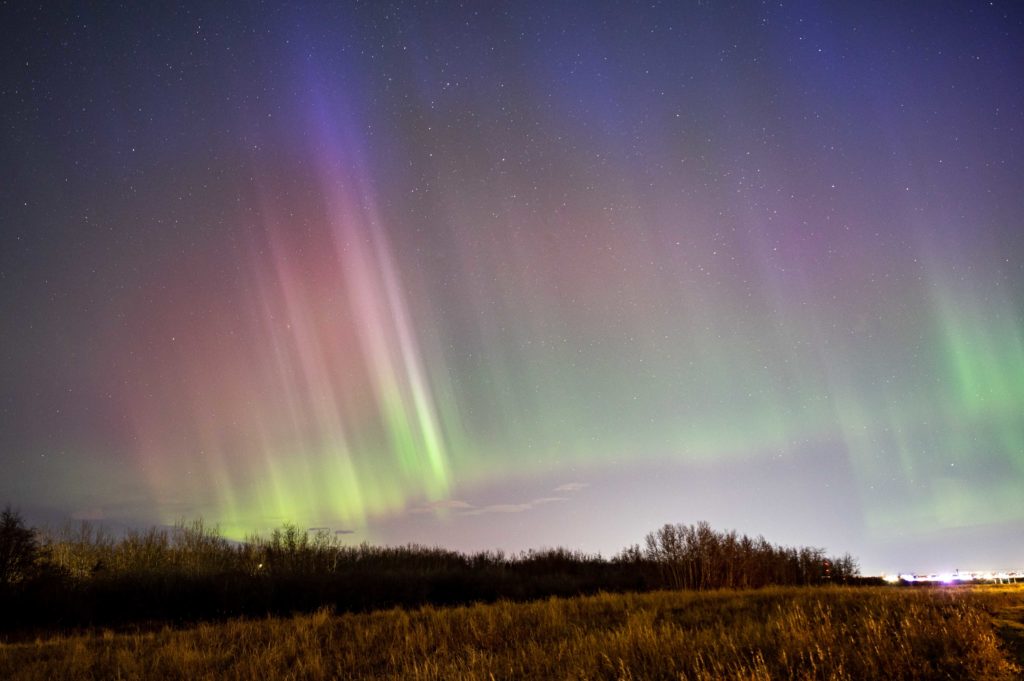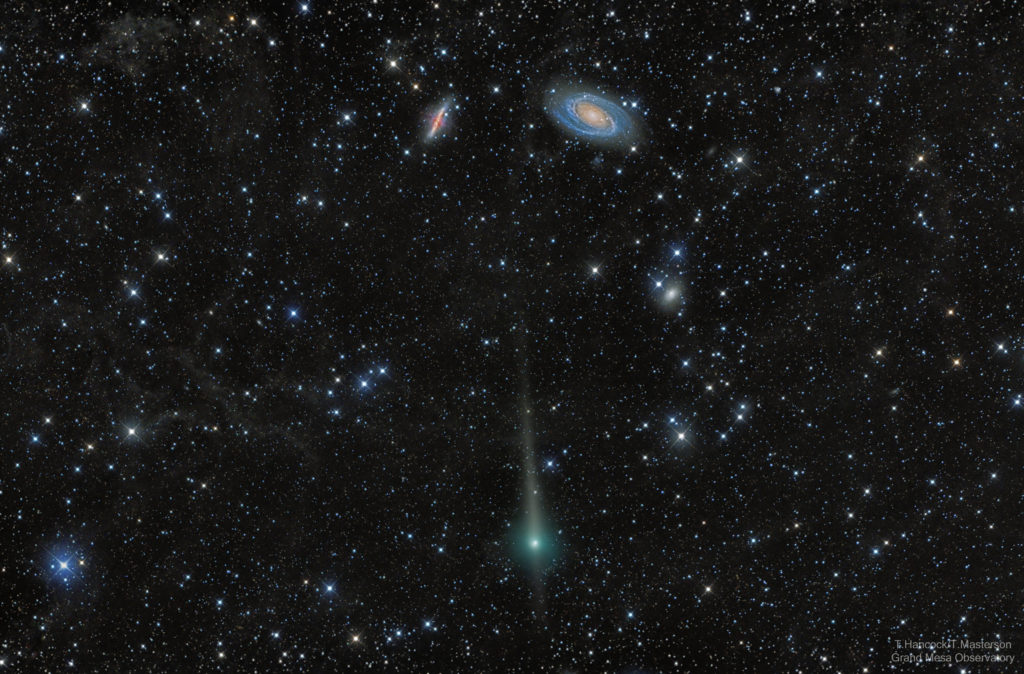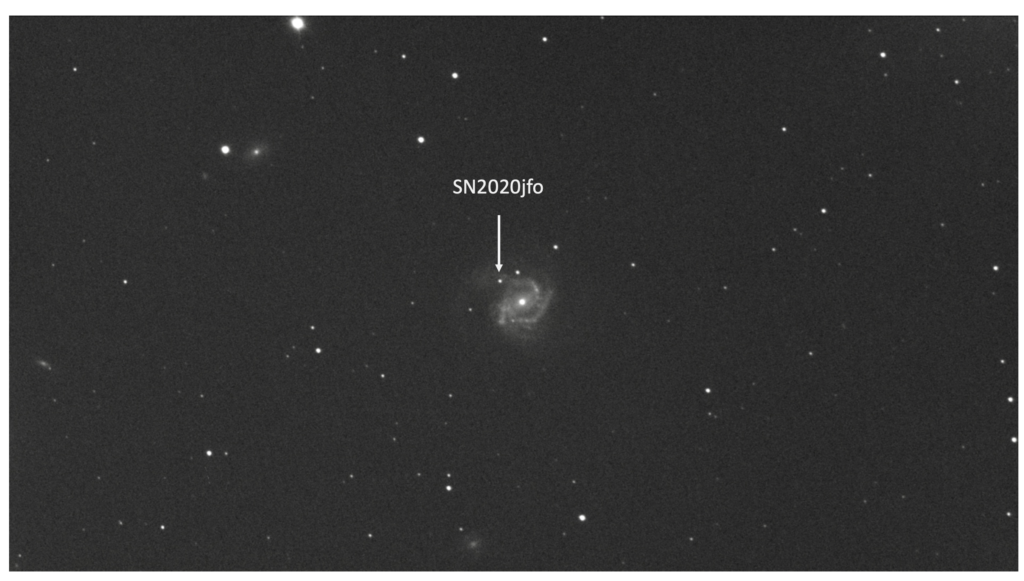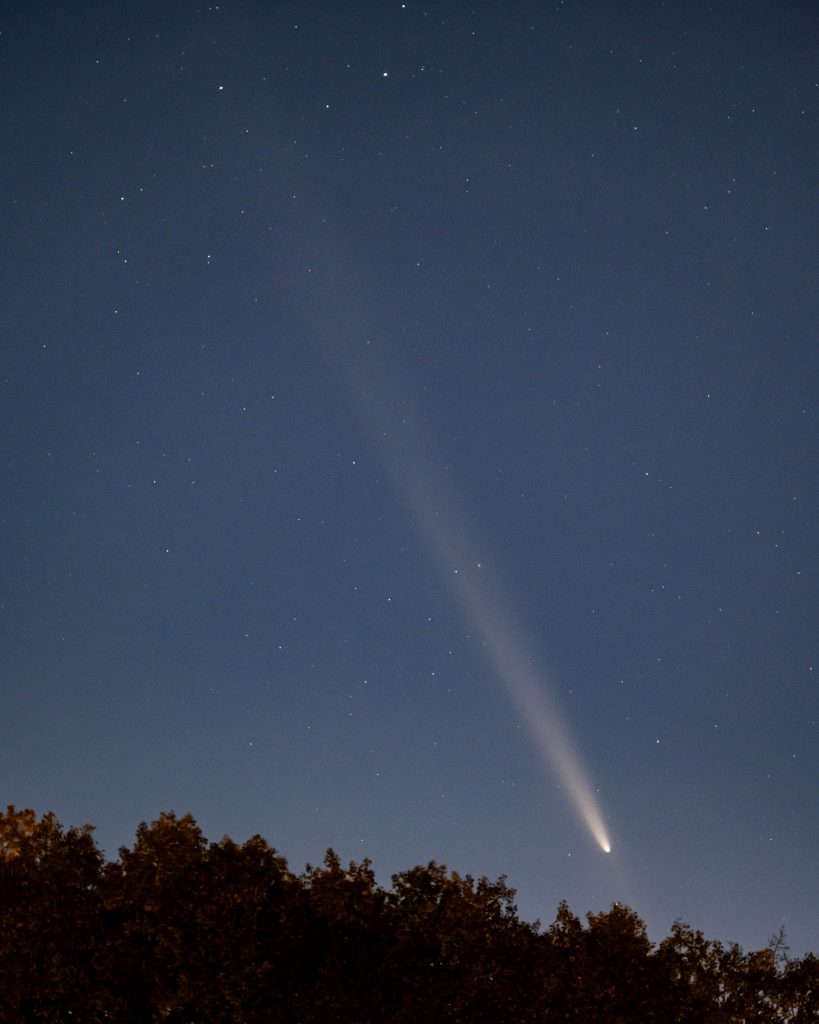
“There are decades where nothing happens, and there are weeks where decades happen”, said V.I. Lenin. That, in a way, is what October feels like for stargazers and skywatchers who have enjoyed wave after wave of auroral displays, massive sunspots across the solar disk, and a bright, long-tailed comet in the morning and evening skies [Read more…] about Comet Update | Aurora, Aurora Everywhere
Share This: